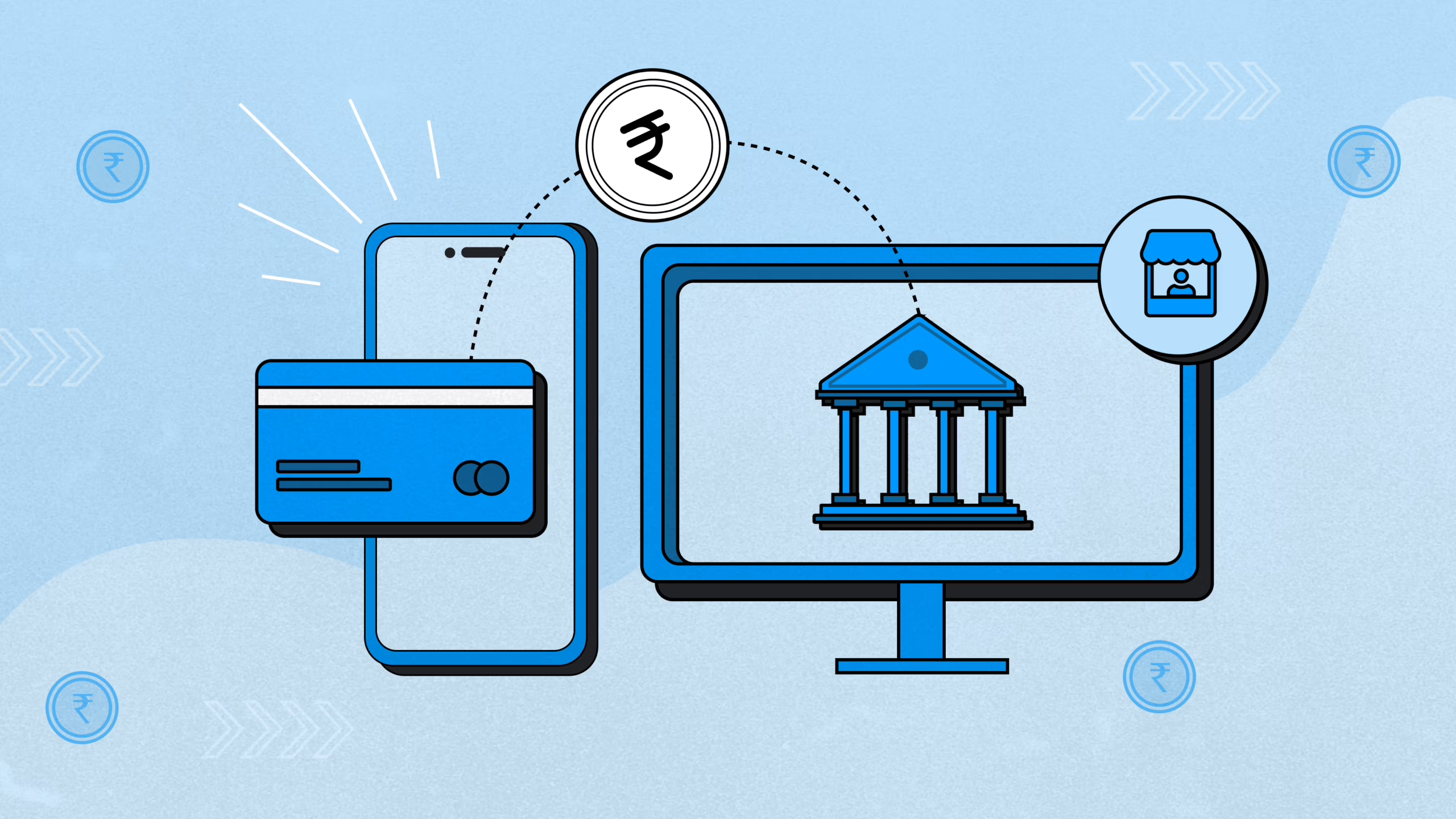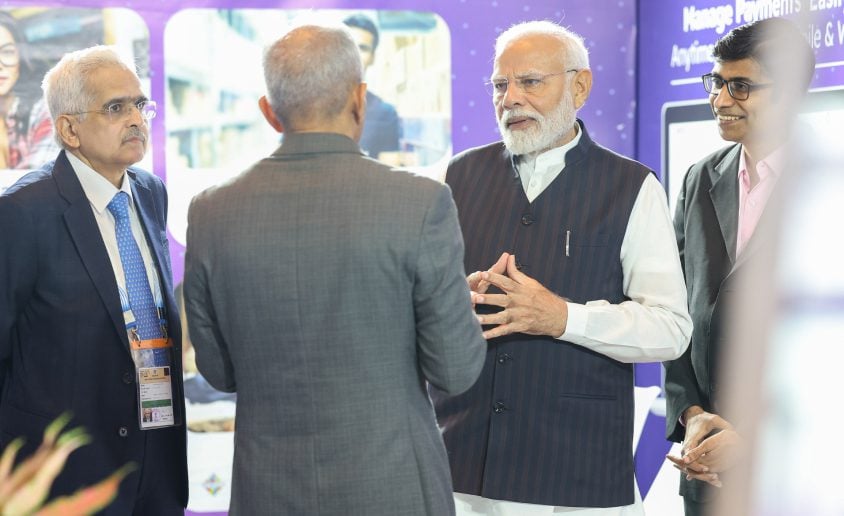It’s a borderless world today, and it’s never been easier to work with international clients, remote-collaborate, or receive support from loved ones overseas. But if you’ve ever had an international payment made directly into your bank account, you may have experienced a frustrating trend: the amount you ultimately receive is usually significantly less than what was sent. Why?
One major reason is double currency conversion, an invisible process that quietly diminishes your payment. Particularly if you’re being paid from Europe, the UK, or any country outside of USD, there’s a strong likelihood your money is going through USD before being converted to INR at an added expense that costs you more than you realize.
In this blog, we’ll cover what double currency conversion is, how it operates, and how you can safeguard your revenue.
The Actual Cost of Receiving Overseas Payments
When someone sends you money from abroad, the amount that you receive in your account depends on factors beyond the sender’s amount as well as any fees charged in advance.
There are usually two principal cost components:
| Type of Cost | What it Means |
| Transaction/Processing Fees | A flat or percentage fee to send the money (usually something that is presented upfront) |
| Currency Conversion Charges | The hidden fees built into the exchange rate or added as a conversion fee |
The latter is where things become intricate and costly.
What Is Double Currency Conversion?
Double currency conversion occurs when your funds are exchanged twice before they reach your account.
Suppose your client is in Germany and makes a payment in Euros (EUR). Rather than directly converting EUR → INR, most international payment services (such as PayPal, Payoneer, or even bank SWIFT transfers) initially convert the currency to USD, followed by INR:
EUR → USD → INR
Each of these two conversions incurs its own fees and exchange rate markups.
Why is that? Because most financial systems are designed to handle only a handful of high-value currencies, and USD serves as the default “intermediary” for settlements in most cases.
Example: How Much Money You Lose with Double Conversion
Scenario: You’re an Indian freelancer. A client from Germany pays you €1,000 for your work.
Option A: Double Currency Conversion Conversion path: EUR → USD → INR Rates and Fees: EUR to USD: 1.07 (with 3% fee) USD to INR: 83.50 (with 2% fee)
| Currency | Initial Amount | Fee/Deduction | Conversion Rate (after fee) | Final Amount |
| EUR | €1,000(₹99,260) | – | – | €1,000(₹99,260) |
| USD | $1,070.00(₹92,758) | 3% of $1,070 = $32.10 | 1.07 | $1,037.90(₹89,898) |
| INR | ₹86,520 | 2% of ₹86,520 = ₹1,698 | 83.5 | ₹84,822 |
Option B: Direct Conversion (EUR → INR) Conversion path: EUR → INR Rate used: 89.5 (with 0.5% fee using direct provider)
| Step | Amount | Conversion Rate | Final Value |
| EUR | €1,000 | – | €1,000 |
| INR | €1,000 → ₹88,705 | 89.5 (0.5% fee) | ₹88,705 |
Total Loss Due to Double Conversion: ₹3,883
That’s almost 4.4% of what you earn lost without any explicit explanation in the transaction.
Do that ten times with ten clients or several payments a year, and you could be losing ₹30,000–₹50,000 or more simply due to suboptimal currency routing.
Why Double Conversion Occurs
There are several reasons why recipients are particularly impacted:
- India Settlement Rules (INR Example) According to RBI (Reserve Bank of India) policies, foreign currency payments are generally required to be converted into INR if they are credited to an Indian resident’s bank account. Assuming you don’t have a special account such as an EEFC (Exchange Earners’ Foreign Currency Account), your payment will be automatically converted.
- USD as a Default Settlement Currency The majority of international banks and payment systems continue to employ USD as a clearing currency, even when neither the sender nor the receiver is in the US. This legacy system results in unnecessary conversions.
- Payment Processor Limitations Payment platforms such as Stripe can accommodate payment in EUR, GBP, AUD, etc., but their settlement mechanisms in the backend might only be in USD. Even those services that promote “low or no fees” tend to incorporate the cost in overcharged exchange rates.
Exchange Rate Markups
Most of you are unaware that even when you don’t pay a fee, the exchange rate you receive is generally 2% to 5% lower than the true market rate.
BRISKPE offers the same exchange rate, no markups, no hidden fees.
Here’s how it’s done:
| Provider | Market Rate | Rate Provided to You | Cost |
| BRISKPE | ₹89.5 | ₹89.5 | Nil |
| Traditional Bank | ₹89.5 | ₹86.5 | 3.3% |
| USD Intermediary | ₹89.5 (direct) | Effective ₹84.8 | 5.3% |
How to Avoid Double Conversion and Retain More of Your Money
Fortunately, there are several ways to bypass these surreptitious losses.
- Opt for Direct Conversion Platforms Utilize providers that directly convert your client’s currency to INR. For instance, if you’re receiving payment in EUR, the funds should be converted EUR → INR and not via USD.
- Seek Real-Time Exchange Rate Visibility Select platforms that provide you with the precise exchange rate and final value you’ll be receiving prior to sending or requesting funds. Transparency is key.
- Utilize Card-to-Card Transfer Tools New platforms such as BRISKPE allow real-time, direct card-to-card payments between currencies. They leverage Mastercard’s real-time exchange rate, which is accurate and has low fees.
- Steer Clear of Legacy Banking Channels Traditional SWIFT transfers involve multiple banks and currencies reducing the overall amount. Look for quicker and more affordable digital alternatives.
Conclusion
Double currency conversion, where your payment goes through an intermediary currency such as USD before it reaches the final currency, is a deceptive yet expensive process. It tends to result in unfavorable exchange rates, backend charges, and surprising shortfalls in the amount received.
Whether you’re an international freelancer, digital service provider, or business accepting cross-border payments, such inefficiencies can quickly accumulate, impacting margins and making financial planning challenging. And because such losses are concealed within the conversion process, it’s usually too late to identify them when they occur.
Avoiding double conversion allows you to have complete transparency, improved exchange rates, and quicker access to your money.
Simplify Cross-Border Payments with BRISKPE
BRISKPE allows companies and professionals to accept international payments in 30+ currencies. With real-time exchange rates, clear fees, and multi-currency capabilities, BRISKPE makes your international payments quicker, more equitable, and completely traceable; no hidden losses.








